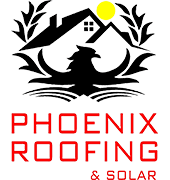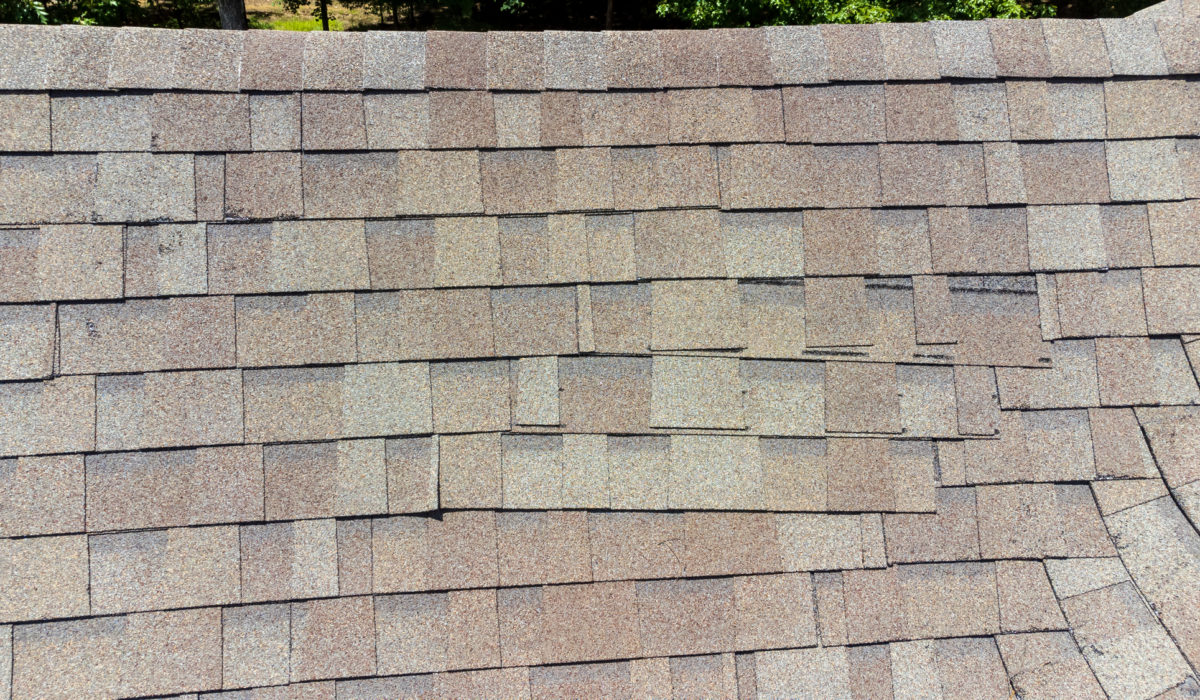- 0 Comment
The Importance of Roof Inspections After a Storm: Protecting Your Home from Hidden Damage
When a storm passes through your area, the focus is often on getting back to normal as quickly as possible. However, the aftermath of a storm can leave behind significant damage that isn’t always visible to the untrained eye, particularly when it comes to your roof. Understanding the importance of a thorough roof inspection after a storm is crucial to ensuring the long-term health and safety of your home.
Why Roof Inspections Are Essential After a Storm
Your roof is your home’s first line of defense against the elements, and it takes the brunt of the impact during a storm. High winds, heavy rain, hail, and flying debris can all cause damage that, if left unchecked, can lead to more serious issues down the line. Even if the damage isn’t immediately obvious, it doesn’t mean your roof has escaped unscathed. Here’s why a post-storm roof inspection is essential:
1.Identifying Hidden Damage: Some types of storm damage, like loose or cracked shingles, damaged flashing, or minor leaks, might not be visible from the ground. Over time, these issues can escalate into bigger problems, including structural damage to your home, mold growth, or even a complete roof failure. A professional inspection can identify these hidden issues before they worsen.
2.Preventing Water Damage: Water infiltration is one of the most common and destructive forms of damage that can occur after a storm. Even a small leak can cause significant damage to your home’s interior, leading to costly repairs. By catching leaks early through a thorough inspection, you can prevent water from wreaking havoc on your ceilings, walls, and personal belongings.
3.Ensuring Safety: Storms can weaken the structural integrity of your roof. Loose shingles or compromised areas can pose a danger to your family and anyone visiting your home. A post-storm inspection ensures that your roof remains safe and secure.
4.Insurance Claims: If your roof has been damaged by a storm, filing an insurance claim is often necessary to cover the cost of repairs. A professional roof inspection provides you with the documentation you need to support your claim. Insurance companies typically require detailed evidence of damage, and an inspection report can make the claims process smoother and faster.
What to Expect During a Roof Inspection
A comprehensive roof inspection after a storm should cover several key areas. Here’s what a professional roofing contractor will typically examine:
1.Shingles: The inspector will check for missing, cracked, or curling shingles. Shingles that have been torn off or damaged by high winds or hail are particularly common after a storm.
2.Flashing: Flashing around chimneys, vents, and skylights can become loose or damaged during a storm, leading to potential leaks. The inspector will ensure that all flashing is secure and intact.
3.Gutters and Downspouts: Storms can clog gutters with debris or cause them to detach from the roof. Properly functioning gutters are essential for directing water away from your home, so the inspector will check for any blockages or damage.
4.Attic Inspection: An often-overlooked part of a roof inspection is the attic. A professional will look for signs of leaks, moisture, or insulation damage in the attic, which could indicate problems with the roof.
5.Structural Components: The inspector will assess the overall structural integrity of your roof, looking for any sagging or other signs that the roof has been compromised.
Taking Action After the Inspection
Once the inspection is complete, the roofing contractor will provide you with a detailed report of their findings, along with recommendations for any necessary repairs. It’s important to address any identified issues promptly to prevent further damage and ensure your roof continues to protect your home.
If your roof has sustained significant damage, your contractor may suggest a full replacement. In some cases, minor repairs may be sufficient. Either way, taking swift action can save you from more costly and extensive repairs in the future.
Conclusion: Don’t Wait to Schedule Your Inspection
After a storm, it’s easy to focus on visible damage like fallen trees or broken windows, but your roof deserves just as much attention. Scheduling a professional roof inspection is a proactive step that can protect your home, prevent costly repairs, and give you peace of mind knowing that your roof is in good condition. Don’t wait until a small issue becomes a major problem—contact a trusted roofing contractor as soon as the storm passes to ensure your home is safe and secure.

